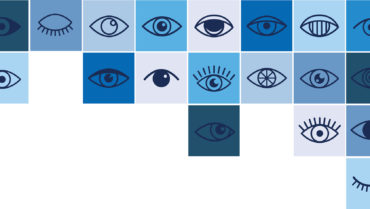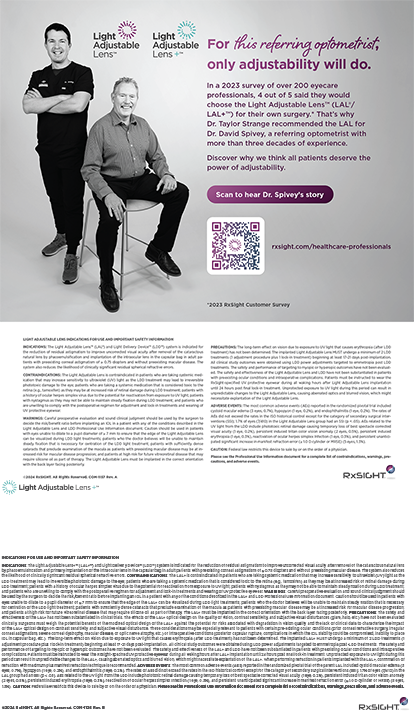
Lenticular surgery is gaining momentum, and rightfully so. More than 3.5 million SMILE procedures have been performed worldwide, and other lenticule extraction procedures are being introduced and studied outside the United States. It is likely only a matter of time before these procedures are available worldwide. On top of the advances being made in lenticule extraction surgery, allogenic lenticules are now used in certain regions of the world to treat some of the hardest refractive errors to correct—emmetropic presbyopia and hyperopia—and allogenic ring segments are being studied for the treatment of keratoconus. The future for all of these applications looks bright.
The articles in this series highlight the recent advances in lenticular extraction and addition and postulate the impact of these procedures as catalysts for the growth of refractive surgery. In my guest editorial, I focus on the potential of modified epikeratophakia.
THE HISTORY OF EPIKERATOPHAKIA
In 1949, José Ignacio Barraquer laid the groundwork for the use of natural corneal tissue to change the refractive properties of the eye.1 During epikeratophakia, corneal tissue is lathed to an attempted specific dioptric power and sutured on top of the recipient’s cornea. In its earliest iterations, this technique was used for aphakia or hyperopia. Early attempts with this approach, however, had unpredictable results due to problems with cryolathing the preserved corneal tissue; difficulty preparing the lenticules; structural damage to the tissue during the required freezing and lathing process; and the required thickness of the corneal lenticules, which increased the risk of epithelial ingrowth and poor reepithelialization.
More recently, hypoallergenic synthetic corneal implants have been used for refractive purposes. These synthetic implants are made of biocompatible materials, but their biocompatibility is not equivalent to that of allogenic implants currently in use and being studied for certain conditions.
EPIKERATOPHAKIA REIMAGINED
The availability of precise laser-shaping systems and sterile corneas are key factors that make the use of allogenic implants possible today. The goal of this lenticular surgery procedure is to enhance the visual performance with a material that is 100% biocompatible and precisely shaped for an individual’s personal needs.
In addition to complete biocompatibility, the use of allogenic implants is advantageous because there is no tissue removed from the eye and because the effects of the surgery can be reversed by removing the implant. This is an important consideration for patients and surgeons.
Compared to initial attempts at epikeratophakia, the use of state-of-the-art excimer lasers to shape allogenic implants in modern epikeratophakia-type procedures mitigates the problems related to power and the induction of astigmatism. Current shaping techniques also allow the creation of allografts that are significantly thinner than what was used in Barraquer’s early attempts with epikeratophakia procedures. Further, research and development of technologies used to shape the allografts influence the potential for allografts to be used in a variety of refractive treatments, including for hyperopia, presbyopia, and keratoconus. Lastly, allograft lenticules are acellular, and therefore sterile tissue donor immunogenicity will be reduced.
CONCLUSION
I believe that what we are performing today is modern, modified epikeratophakia surgery. Using the tools and techniques developed over the past several years, corneal tissue can now be packaged and stored at ambient conditions (15–30 ºC and 30%–80% relative humidity) for at least 2 years, helping to expand indications and areas of reach.
Before he died, my mentor Joseph Colin, MD, always told me, “The cornea cannot accept a foreign body.” I believe that he was right, and today we have enough experience to understand the interaction between biosynthetic corneal materials and the cornea. Corneal lenticular surgery may not be an alternative to all types of corneal laser surgery, but it may represent a unique, safe, reversible, adjustable, exchangeable, and noninvasive solution for the treatment of emmetropic presbyopia, keratoconus, hyperopia, post-LASIK emmetropic presbyopia, and eyes with thin corneas.
Aylin Kılıç, MD | Guest Medical Editor
1. Barraquer JI. Modification of refraction by means of intracorneal inclusions. Int Ophthalmol Clin. 1966;6(1):53-78.




